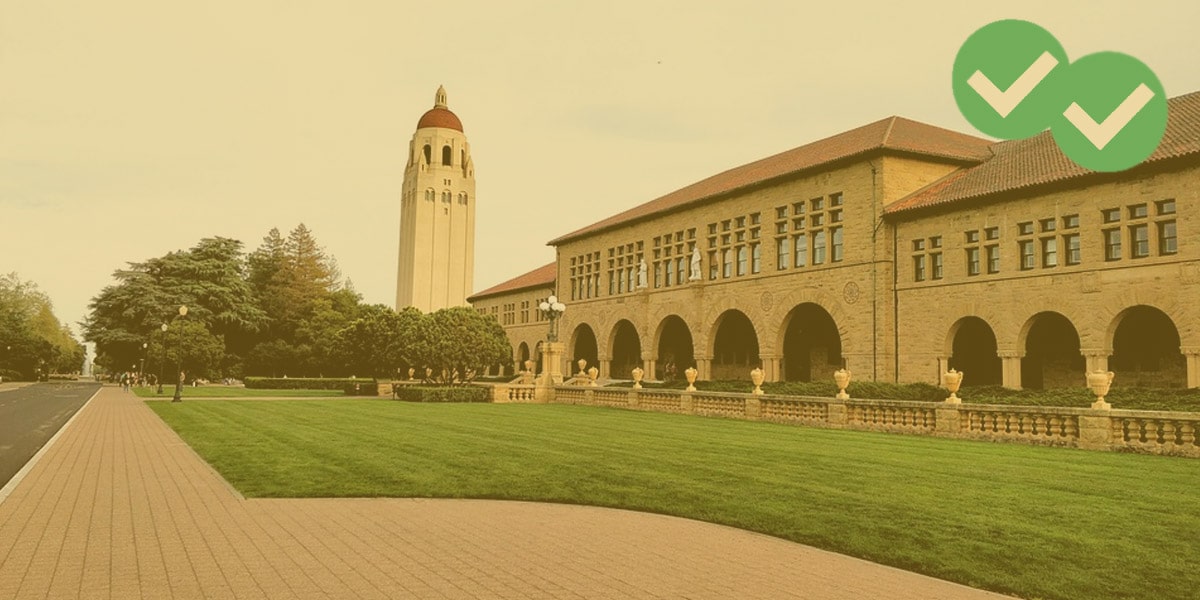Applying to law school can be both an expensive and time-consuming process – each application comes with its own fee, and individual schools might have custom requirements (like tailored personal statements or mandatory essay supplements). Putting too many schools down on your list could cause a lot of unnecessary stress. On the other hand, you don’t want to limit your options in such a way that you don’t give yourself any. All that said, how many law schools should you apply to?
As a general catch-all recommendation, you should choose at least one safety school, a few target schools, and at least one reach schools. A lot of people follow the “2-3-2” rule, which is just a specific variation of the above recommendations. Your “safety” options should be schools at which your LSAT falls at or above their 75th percentile. “Target” options should be schools at which your score falls within their middle 50th percentiles, and “reach” schools are those at which your score is at or below their 25th percentile. Given how important the LSAT is in law school admissions, we’re basing our classifications off of only your LSAT score.
However, the number of law schools that’s right for you depends on your individual circumstances. If you want to maximize your chances of getting into the best school possible, and there are no other factors that you need to consider in your law school decision, cast your net as wide as you can. Add more reach schools to your list. You shouldn’t reject yourself before you even give schools the chance to evaluate your file. If you never apply, the answer will always be no… but after you apply, the answer might very well be “yes.” You might be surprised by some of the success stories that we’ve heard.
If you have an idea of where you want to attend law school, or where you want to practice law post-graduation, it can be a smart move to apply to all of the schools that are in that market. Yes, that’s right, all of them. Geographic restrictions narrow down the pool of schools we’re talking about, so it won’t be too stressful to get applications in order for all of them, and it will give you some peace of mind to know that you have a lot of potential options in the market you’re aiming for.
Still other students might already have a clear vision for the type of law they want to specialize in. If you fall into this category, we recommend that you apply to a mix of safety/target/reach schools + schools that are highly ranked in the programs you’re interested in. Oftentimes, schools that are known for specialty programs don’t necessarily place at the top of national rankings lists. Take New Hampshire Law School, for example – it ranks #5 in intellectual property law, but #82 in the U.S. News national rankings. It’d be a good idea to apply to at least 2 safety schools, 2 target schools, and 2 reach schools, following the guidelines above, but you can also add a few schools that are strong in your intended specialty area.
Lastly, you might be a “splitter” student – you could have a high LSAT/low GPA, or a low LSAT/high GPA. As a splitter student, you’ll need to be mindful that admissions decisions won’t always make sense… and they’re definitely not something you can accurately predict. With that frame of reference, you should increase the number of target schools on your list. Remember, we set the parameters of the safety/target/reach classifications based on LSAT scores, so if you have a high LSAT but low GPA, you will likely need to identify targets that are a rank or two below where your LSAT might suggest. Alternatively, look for schools like NYU and Berkeley, which are known for putting more emphasis on the whole applicant, rather than just test scores and GPA. Regardless, always err on the side of caution when you’re a splitter student to ensure that you’ll have options in the fall!






Leave a Reply